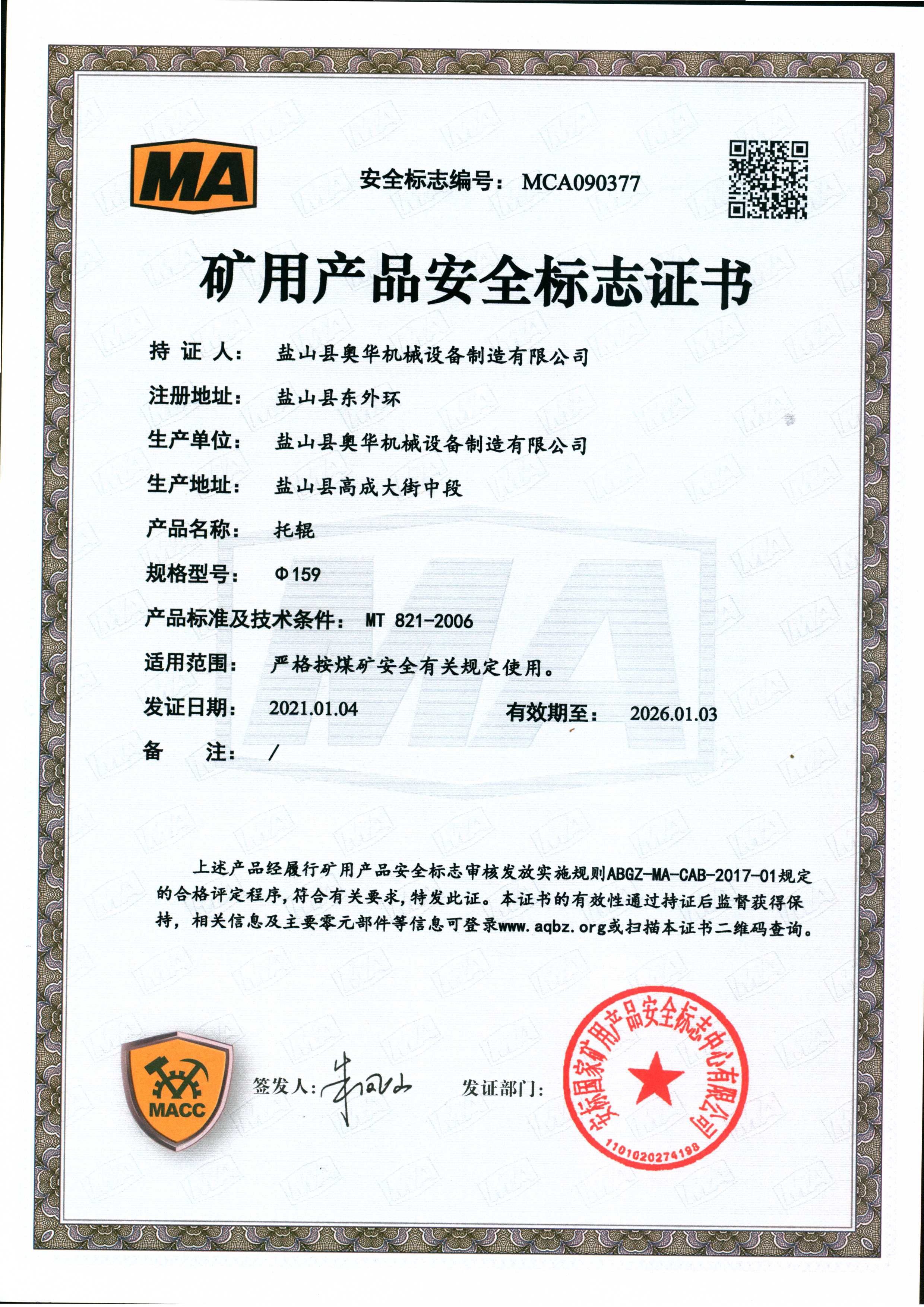 Afrikaans
Afrikaans  Albanian
Albanian  Amharic
Amharic  Arabic
Arabic  Armenian
Armenian  Azerbaijani
Azerbaijani  Basque
Basque  Belarusian
Belarusian  Bengali
Bengali  Bosnian
Bosnian  Bulgarian
Bulgarian  Catalan
Catalan  Cebuano
Cebuano  Corsican
Corsican  Croatian
Croatian  Czech
Czech  Danish
Danish  Dutch
Dutch  English
English  Esperanto
Esperanto  Estonian
Estonian  Finnish
Finnish  French
French  Frisian
Frisian  Galician
Galician  Georgian
Georgian  German
German  Greek
Greek  Gujarati
Gujarati  Haitian Creole
Haitian Creole  hausa
hausa  hawaiian
hawaiian  Hebrew
Hebrew  Hindi
Hindi  Miao
Miao  Hungarian
Hungarian  Icelandic
Icelandic  igbo
igbo  Indonesian
Indonesian  irish
irish  Italian
Italian  Japanese
Japanese  Javanese
Javanese  Kannada
Kannada  kazakh
kazakh  Khmer
Khmer  Rwandese
Rwandese  Korean
Korean  Kurdish
Kurdish  Kyrgyz
Kyrgyz  Lao
Lao  Latin
Latin  Latvian
Latvian  Lithuanian
Lithuanian  Luxembourgish
Luxembourgish  Macedonian
Macedonian  Malgashi
Malgashi  Malay
Malay  Malayalam
Malayalam  Maltese
Maltese  Maori
Maori  Marathi
Marathi  Mongolian
Mongolian  Myanmar
Myanmar  Nepali
Nepali  Norwegian
Norwegian  Norwegian
Norwegian  Occitan
Occitan  Pashto
Pashto  Persian
Persian  Polish
Polish  Portuguese
Portuguese  Punjabi
Punjabi  Romanian
Romanian  Russian
Russian  Samoan
Samoan  Scottish Gaelic
Scottish Gaelic  Serbian
Serbian  Sesotho
Sesotho  Shona
Shona  Sindhi
Sindhi  Sinhala
Sinhala  Slovak
Slovak  Slovenian
Slovenian  Somali
Somali  Spanish
Spanish  Sundanese
Sundanese  Swahili
Swahili  Swedish
Swedish  Tagalog
Tagalog  Tajik
Tajik  Tamil
Tamil  Tatar
Tatar  Telugu
Telugu  Thai
Thai  Turkish
Turkish  Turkmen
Turkmen  Ukrainian
Ukrainian  Urdu
Urdu  Uighur
Uighur  Uzbek
Uzbek  Vietnamese
Vietnamese  Welsh
Welsh  Bantu
Bantu  Yiddish
Yiddish  Yoruba
Yoruba  Zulu
Zulu components of a conveyor system
Components of a Conveyor System
Conveyor systems are essential in various industries for the efficient transport of goods and materials. These systems consist of several key components that work together to ensure smooth operation and high productivity. Understanding these components is crucial for effective system design, maintenance, and optimization.
1. Conveyor Belts
At the heart of any conveyor system is the conveyor belt. This continuous loop of material is responsible for moving products from one point to another. Conveyor belts can be made from various materials, including rubber, fabric, metal, or plastic, chosen based on the materials being conveyed. The belt's design must also suit the application; for instance, a belt with a high-friction surface may be required for steep inclines.
2. Rollers and Pulleys
Rollers and pulleys support the conveyor belt's movement. Rollers are cylindrical components that allow the belt to turn and change direction smoothly. They are typically placed at intervals along the conveyor to reduce friction and wear on the belt. Pulleys, usually located at the ends of the conveyor, help in the winding and unwinding of the belt. They play a vital role in tensioning the belt and ensuring it remains properly aligned.
3. Drive Unit
The drive unit provides the necessary power to move the conveyor belt. This unit typically consists of an electric motor, gearbox, and drive pulley. The motor generates the required torque to turn the pulley, while the gearbox adjusts the speed and power output. The drive unit's capability is critical, as it determines the conveyor system's speed and efficiency.
4. Idlers
components of a conveyor system

Idlers are another crucial component, mainly acting as support structures for the conveyor belt. Positioned between the drive unit and the discharge point, idlers maintain the belt's tension and shape during operation. They come in various designs, such as flat, trough, or impact idlers, depending on the nature of the materials being handled and the specific application requirements.
The chassis or framework holds all the conveyor components together. It provides structural integrity and stability to the conveyor system, ensuring it can withstand the weight of the materials being transported. The design of the framework must consider factors such as load capacity, material properties, and environmental conditions.
6. Control Systems
Modern conveyor systems often incorporate advanced control systems that enhance operational efficiency. These systems can include sensors, programmable logic controllers (PLCs), and user interfaces that monitor and manage conveyor speed, direction, and overall system performance. Automation in conveyor systems helps reduce labor costs and increases reliability and safety.
7. Belts and Accessories
In addition to the main belt, various accessories can enhance the functionality of a conveyor system. These include side walls, cleats, and skirts that help contain products on the belt, especially during inclines or declines. Additionally, safety features like emergency stop buttons and light curtains help prevent accidents and ensure compliance with safety regulations.
Conclusion
The components of a conveyor system—conveyor belts, rollers, pulleys, drive units, idlers, chassis, control systems, and accessories—play vital roles in the effective movement of materials. Understanding these components helps in designing efficient conveyor systems tailored to specific industrial needs. As technology evolves, conveyor systems continue to improve, contributing to increased productivity and enhanced workflow in various sectors.
-
Trusted Conveyor Solutions from Leading Conveyor Idler Roller ManufacturersNewsJun.27,2025
-
Reliable Return Idler Solutions for Efficient Belt Conveyor SystemsNewsJun.27,2025
-
Precision Conveyor Accessories for Streamlined Material HandlingNewsJun.27,2025
-
High-Quality Belt Conveyor Idler Solutions for Efficient Material HandlingNewsJun.27,2025
-
High-Performance Belt Conveyor Pulleys for Reliable Material HandlingNewsJun.27,2025
-
Enhancing Material Handling EfficiencyNewsJun.27,2025





























